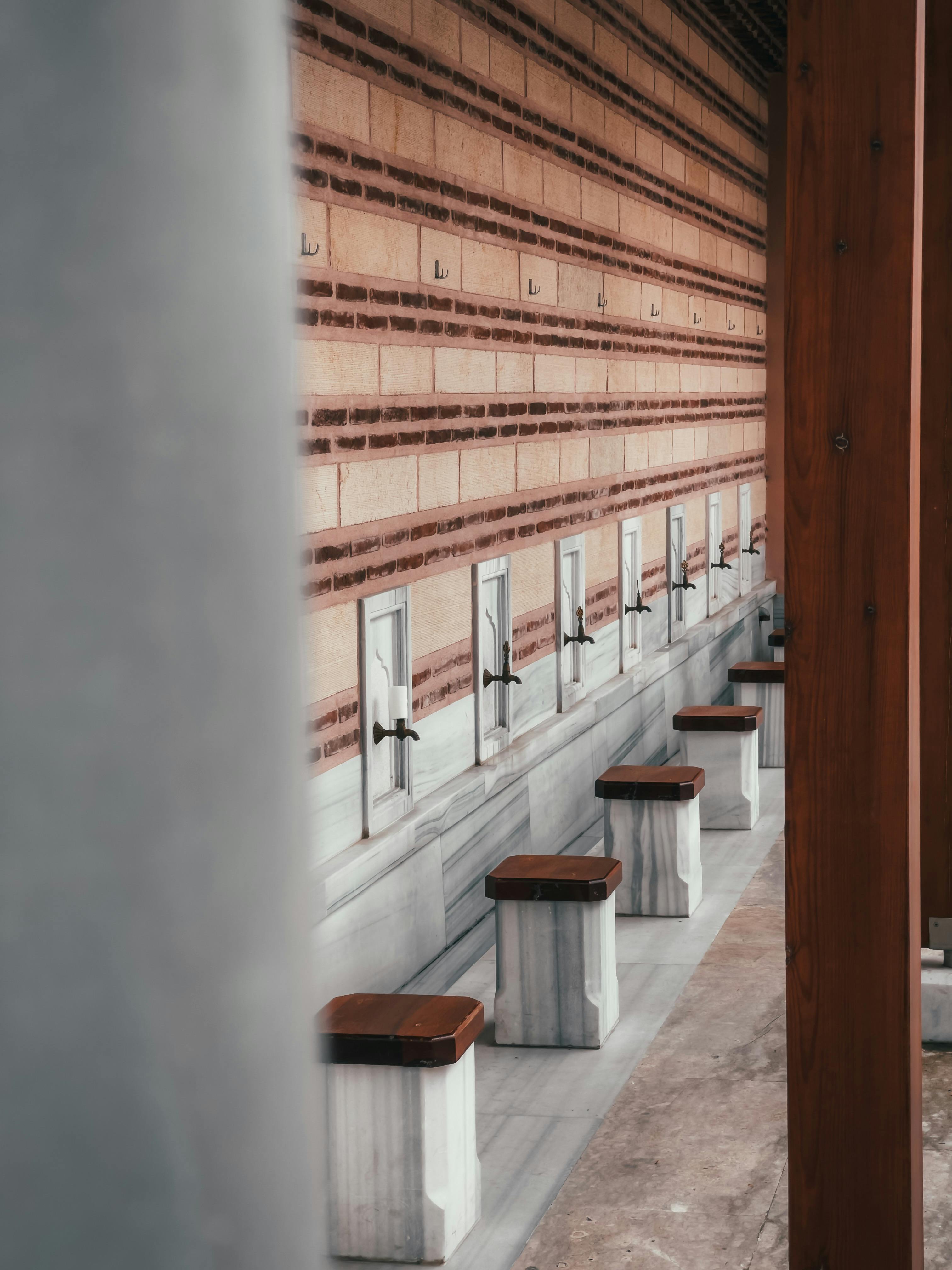
Smart Ways to Enhance Concrete Curing in 2025
Concrete curing is critical to achieving the desired strength and durability of concrete structures. As construction techniques evolve, so do the methods and understanding of how to effectively cure concrete. This article delves into the various factors that affect concrete curing, explores innovative curing methods, and highlights best practices that aim to optimize concrete curing time.
Understanding concrete curing and its various stages ensures that practitioners understand how long does concrete take to cure and the importance of managing concrete drying periods. Factors such as temperature, humidity, and the chosen curing method all play a crucial role in concrete strength development and workability, among other concerns. This roadmap will provide key insights into enhancing concrete curing practices in 2025.
Let’s explore the pivotal aspects of effective concrete curing:
Understanding the Concrete Hydration Process
Fundamentals of the Hydration Process
The hydration process is fundamentally what allows concrete to gain strength. It refers to the chemical reaction between cement and water, resulting in a solid structure. Proper management of this process is vital, as it dictates how concrete strength develops over time. Understanding concrete phases during hydration helps in predicting concrete curing time effectively.
Optimal Curing Temperature and Its Importance
The optimum curing temperature ranges between 50°F and 85°F (10°C - 30°C). Temperatures outside this range can drastically affect the hydration rate, with extreme heat increasing the curing speed, leading to potential cracking. In colder conditions, hydration slows, requiring longer concrete curing durations. Adhering to this temperature range is essential for effective drying and minimizing shrinkage.
Environmental Effects on Concrete Curing
Environmental conditions significantly influence the curing process. High humidity can lead to slower evaporation of moisture, while dry, windy conditions may accelerate evaporation, impacting both curing and ultimately leading to surface defects. Monitoring these factors is vital in understanding concrete curing requirements and adjusting curing methods accordingly.
Innovative Curing Techniques for Enhanced Concrete Strength
Curing Concrete in Hot Weather
Curing concrete in hot weather presents unique challenges. The water in the concrete mix may evaporate quickly, leading to surface cracking and reduced strength. Using curing compounds, applying water sprays, or covering concrete with wet burlap can provide necessary moisture and mitigate these effects.
Curing Concrete in Winter Conditions
In winter, the challenge lies in preventing the concrete from freezing while still ensuring proper hydration. Curing blankets or insulated covers can retain heat and promote continued hydration. Additionally, using heated enclosures or additives that accelerate curing can significantly enhance curing efficiency during colder months.
Common Curing Mistakes and How to Prevent Them
One common mistake includes applying insufficient moisture, leading to drying shrinkage cracks. Another is neglecting temperature control; this can result in uneven curing and compromised concrete strength. Ensuring monitoring of curing conditions and implementing surveillance at various stages can help in identifying issues early, thus optimizing the moisture content and curing efficiency.
Advanced Concrete Curing Materials and Supplies
Essential Tools for Effective Curing Practices
Among the critical supplies for curing are curing compounds that form a protective film on the surface to retain moisture. Other options include curing blankets, water retention covers, and moisture-retaining treatments. Selecting the right curing equipment is essential for maintaining consistency across projects.
Innovative Curing Materials Development
Recent advancements in concrete technology have introduced new materials designed to enhance curing practices. These materials can include bio-based curing compounds that not only aid in hydration but are also environmentally friendly. Understanding these options is vital for any modern concrete application period.
Evaluating Curing Methods for Various Applications
Different concrete applications may benefit from tailored curing strategies. For instance, high-performance concrete may require sensitive curing techniques and materials that account for its unique properties. Evaluating whether traditional curing methods or innovative alternatives will yield better results can save time and enhance quality.
Maintaining Moisture in Curing Concrete
Best Practices for Water Curing
Water curing has proven to be one of the most effective methods for maintaining moisture during the curing phase. Regularly dampening the surface with water can significantly reduce the risk of cracking. However, knowing the best practices and schedules for water curing is essential to avoid over-saturation.
Localized Curing Techniques
Localized curing methods have gained popularity for projects requiring targeted care. Techniques such as misting and localized hydration using portable water containers allow teams to focus efforts where needed, ensuring that environmental effects on concrete curing do not dilute the overall results.
Monitoring Concrete Curing Conditions
Integrating smart monitoring systems that track temperature, humidity, and moisture levels can considerably enhance curing efficiency. These data-driven strategies allow for real-time adjustments to be made, minimizing the risks associated with climate-related challenges while optimizing curing methods for concrete.
Typical Curing Duration and Guidelines
Understanding Curing Duration Guidelines
Typical curing durations can vary significantly based on material choices and environmental factors. Generally, a minimum of 7 days is recommended for standard concrete mixes. However, unique situations may necessitate longer periods to achieve desired results, especially when considering factors affecting concrete curing.
Real-Time Observations and Adjustments
Maintaining adaptability during concrete setting is crucial for achieving best practices for concrete curing. Real-time observations can identify potential issues, allowing for immediate adjustments—thereby enhancing the quality and durability of concrete installations.
Proactive Measures for Long-Term Concrete Curing
Implementing proactive measures such as routine evaluations and the use of advanced curing materials can result in significant improvements in curing outcomes. Long-term considerations can help reinforce structures against common issues like cracking and degradation, leading to enhanced durability.
Conclusion and Key Takeaways
Effective concrete curing is essential for ensuring durability and structural integrity. By understanding the hydration process, recognizing environmental effects, employing innovative curing techniques, and utilizing the best practices, one can significantly enhance concrete curing time.
As we move forward, leveraging data-driven strategies, monitoring technologies, and advanced materials will play a pivotal role in optimizing curing processes, ensuring that concrete structures are both resilient and durable for years to come.
 example.com/image2.png
example.com/image2.png
 example.com/image3.png
```
example.com/image3.png
```